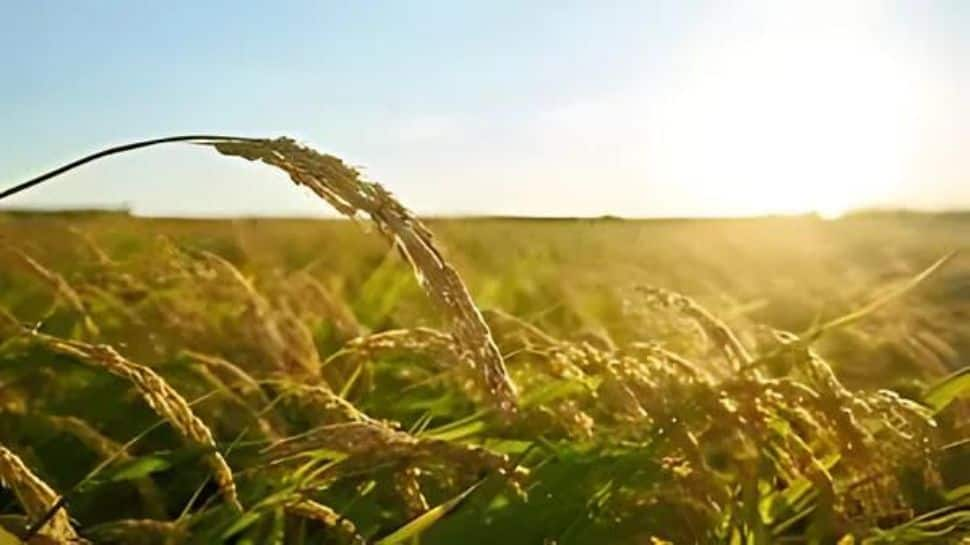New Delhi: India’s Kharif crop sowing has progressed significantly, with farmers planting crops across 1,104.63 lakh hectares so far, compared to 1,088.26 lakh hectares last year, marking a 1.5 per cent year-on-year increase.
This surpasses the average area under cultivation (or normal area) for the period from 2018-19 to 2022-23.Commodity-wise, the sowing of paddy, pulses, oilseeds, millets, and sugarcane has increased year-on-year, while sowing for cotton and jute/mesta has been lower.
Data showed that within the pulse basket, aside from urad bean, crops such as arhar, moong, kulthi, and moth bean have seen positive growth.India is a major consumer and producer of pulses, supplementing its domestic consumption with imports. The primary pulses consumed in India include chana, masur, urad, kabuli chana, and tur.
The government has been strongly promoting the cultivation of pulses.In the 2023 Kharif season, the total area under cultivation across the country was 1,107.15 lakh hectares. The normal Kharif area between 2018-19 and 2022-23 is 1,096 lakh hectares.India has three cropping seasons: Summer, Kharif, and Rabi.
Kharif crops, sown during June-July and dependent on monsoon rains, are harvested in October-November. Rabi crops, sown in October-November, are harvested from January, depending on their maturity. Summer crops are produced between the Rabi and Kharif seasons.Traditionally, Indian agriculture, especially the Kharif season, is heavily reliant on monsoon rainfall.
The Indian Meteorological Department (IMD), in its first long-range forecast, predicted that the southwest monsoon (June-September) this year would be above normal. Skymet, a private forecaster, also predicted a normal monsoon.
IMD recently stated that the rainfall across the country during September 2024 is expected to be above normal, at 109 per cent of the Long Period Average.Above-normal monsoon rains, which have helped farmers sow more crops this Kharif season, bode well for agriculture and are likely to improve the sector’s gross value added (GVA), according to rating agency ICRA.

